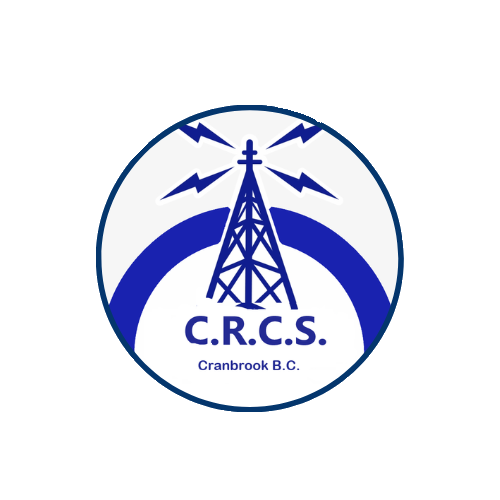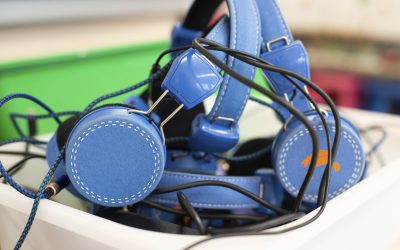Ham radio, also known as amateur radio, is more than just a hobby. It serves as a critical tool for communication during emergencies, public events, and community initiatives. Licensed ham radio operators contribute to the community by providing an alternative communication network, ensuring public safety, and supporting various services through their technical skills and knowledge. This blog will explore the many ways ham radio for community service plays an essential role and how amateur radio enthusiasts can get involved.
What is Ham Radio?
Ham radio is a form of amateur radio communication that operates on specific frequencies regulated by governments across the globe. Unlike commercial radio, ham radio is open to anyone who obtains the appropriate license, allowing them to communicate with others locally, nationally, or globally. Ham radio operators, or “hams,” use a variety of equipment, including radios, antennas, and computers, to facilitate communication in many different modes, from voice and Morse code to modern digital systems.
Why is Ham Radio Important for Community Service?
In times of crisis or during large-scale community events, communication systems can become overwhelmed or fail entirely. Ham radio provides a reliable and independent communication system that can bridge the gap during such failures. This capability is particularly important during natural disasters, where power outages and damage to infrastructure may render traditional communication tools useless.
Ham radio’s versatility and independence from commercial networks make it an invaluable resource for both emergency services and public events. Amateur radio operators can quickly set up communication networks in remote or disaster-stricken areas, enabling critical information flow when it is needed most.
Community Service Applications of Ham Radio
1. Disaster Response and Emergency Communications
One of the most recognized uses of ham radio is during emergencies. When traditional communication systems such as telephones and the internet go down due to natural disasters like hurricanes, earthquakes, or wildfires, ham radio operators step in to provide vital communication links.
In the United States, organizations like the Amateur Radio Emergency Service (ARES) and the Radio Amateur Civil Emergency Service (RACES) work closely with local authorities to provide emergency communications. These groups coordinate with local governments, hospitals, fire departments, and other first responders to relay important information. They also assist in establishing communication with affected communities that may be cut off from regular channels.
For example, during Hurricane Katrina in 2005, ham radio operators played a crucial role in relaying information about rescue efforts and coordinating relief supplies when other communication systems were knocked offline.
2. Support for Public Events
Ham radio operators also support large-scale public events such as marathons, parades, and fairs. With their ability to set up reliable communication networks, they help event organizers maintain contact with various teams spread across a wide area, ensuring safety and efficiency.
For instance, ham operators often volunteer their services during marathons, where their coordination skills are critical in ensuring medical teams, organizers, and volunteers can communicate smoothly. They monitor the route, report issues, and help track the progress of runners, especially during unexpected situations like injuries or logistical problems. The same is true for bike races, charity walks, and other large outdoor events.
3. Search and Rescue Operations
Ham radio operators are often called upon to assist in search and rescue missions. Their ability to set up communication networks in areas with little or no cellular coverage makes them valuable assets in coordinating rescue efforts. Ham radio’s portability allows operators to go into remote locations and maintain constant communication with search teams, local authorities, and command centers.
In addition to voice communication, ham operators often use data modes to transmit GPS coordinates and digital information, enhancing the effectiveness of search and rescue operations. With their technical knowledge, they can provide real-time updates and help direct resources to critical areas.
4. Health and Welfare Messaging
After a disaster, one of the most important services ham radio operators provide is health and welfare messaging. When phone lines and internet access are unavailable, amateur radio operators can relay messages from affected individuals to their family and friends, letting them know they are safe.
Organizations like the National Traffic System (NTS) specialize in passing such messages efficiently and reliably through ham radio networks. By utilizing pre-existing communication networks and protocols, these messages can be passed across the country, ensuring that loved ones can communicate in times of need.
5. Educational Outreach and Training
Ham radio also plays a significant role in educational outreach. Many amateur radio clubs provide training and workshops to help people of all ages learn about radio technology and obtain their ham licenses. These clubs work closely with schools, scouting organizations, and community groups to introduce young people to the world of ham radio, sparking interest in communication technologies, electronics, and science.
In addition, ham radio operators are often involved in community-based disaster preparedness programs. They offer training sessions for emergency communications, ensuring that more people in the community are ready to assist during disasters.
How to Get Involved in Ham Radio for Community Service
Getting involved in ham radio for community service starts with becoming a licensed amateur radio operator. Most countries have licensing programs that require passing an exam to demonstrate knowledge of radio regulations, operating procedures, and basic electronics.
Steps to Get Involved:
- Obtain a License: The first step is to study for and pass the licensing exam, which covers radio operation and technical knowledge. There are various levels of licenses, such as Technician, General, and Amateur Extra in the United States.
- Join a Local Ham Radio Club: Ham radio clubs provide a community of experienced operators who can mentor new hams. They also offer training sessions and opportunities to participate in local events and emergency services.
- Participate in Drills and Nets: Join regular communication drills and ham radio nets, which are practice sessions for maintaining emergency communication networks. These activities help operators stay prepared and connected.
- Volunteer for Events: Offer your services during local public events, marathons, or charity runs where ham radio operators are often needed to assist with communication. This gives you valuable experience in managing event communication.
- Join ARES or RACES: Becoming part of emergency response organizations like ARES or RACES allows you to play a more formal role in disaster preparedness and response. These organizations coordinate with local authorities and emergency services to provide communication support during real emergencies.
Ham radio is more than a hobby—it is a tool for community service that has proven its worth time and again during emergencies, public events, and educational outreach. From supporting disaster relief efforts to providing communication at large public gatherings, ham radio operators play an essential role in their communities.




